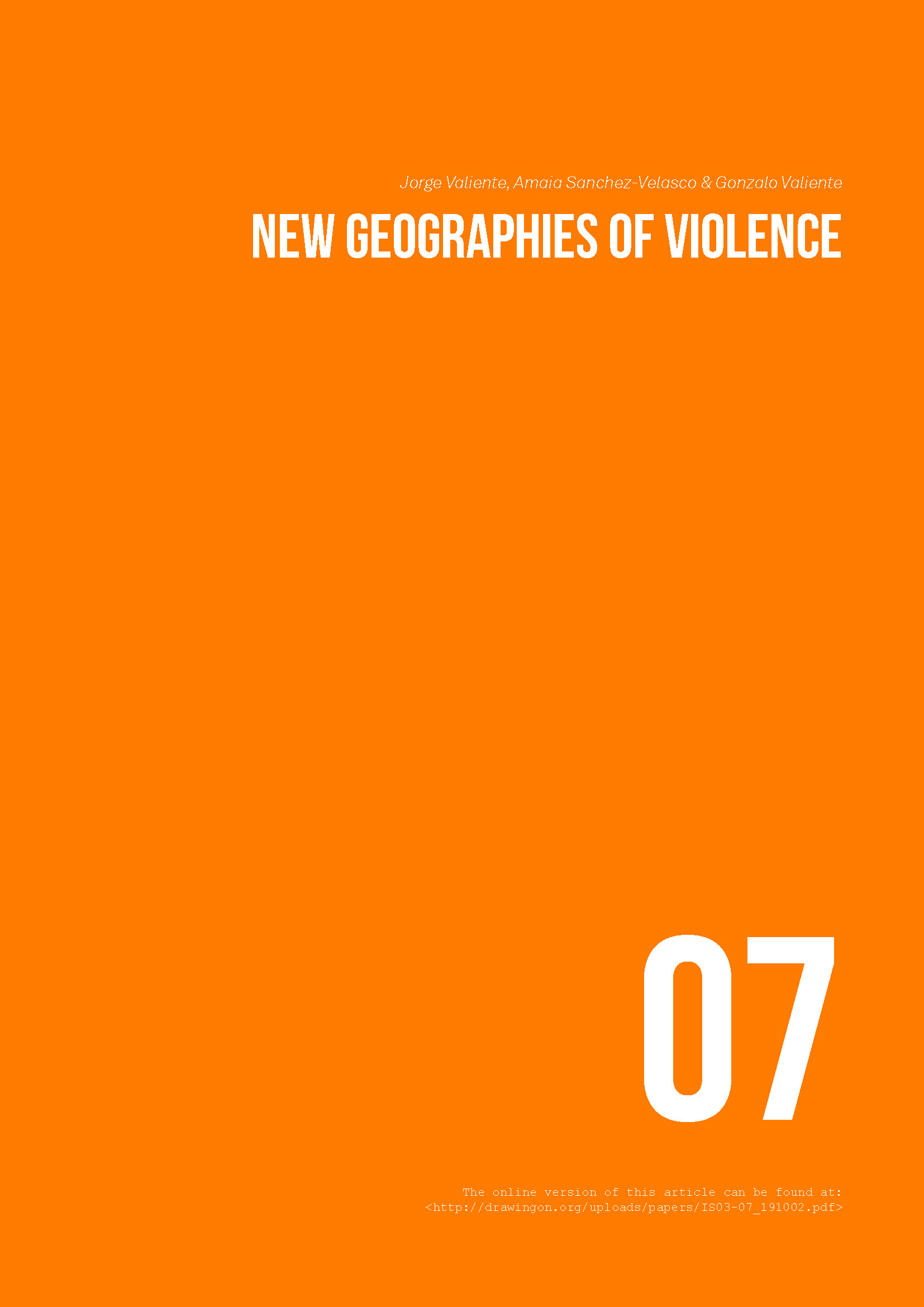Byung-Chul Han describes violence today as “shifting from the visible to the invisible, from the frontal to the viral, from brutal force to mediated force, from the real to the virtual, from the physical to the psychological, from the negative to the positive, withdrawing into the subcutaneous, subcommunicative, capillary and neuronal space, creating the false impression that it has disappeared. It becomes completely invisible at the moment it merges with its opposite, that is, with freedom.”
What Han describes as ‘micro-violence’ crystallizes the so-called ‘post-political’ shift as the consequence of the hegemonic consolidation, from the microscopic to the global scale, of the neoliberal “common sense.” The multiple scales of contemporary forms of neoliberal violence is the focus of two recent installations by Grandeza (one of them in collaboration with Miguel Rodriguez-Casellas, alias Bajeza): The Plant (2017) and Valparaiso Post-Liberal (2017). By analysing, describing, and narrating the material, discursive and representational qualities of these two artworks— understood as one-to-one scale architecture models that stage, perform, debate and challenge new geographies of violence—this account of a developing working practice aims to open Grandeza/Bajeza’s developing methodologies to scrutiny. Both works establish links with previous and upcoming projects, all of which form an ongoing body of work that studies late-capitalist spaces and narratives to identify (through critical analysis) and neutralize (through political imagination) the mechanisms that veil and normalize neoliberal violence.
This article analyses two works that depart from the critical analysis and research of diverse geographies of concealed violence, which are spatialized and revealed through architectural models that dislocate, decontextualize, and relocate objects and subjects. Props, authors, and audiences become part of an antagonistic and relational political arena where information is not just displayed as data but also negotiated and discoursed. Combining humour, absurdity, mythology, philosophy, history, aesthetics, and politics, the two projects fantasize and spatialize post-heteropatriarchal political imaginaries. As Rosi Braidotti states, “We need more conceptual creativity, more theory rather than less, and a renewed trust in the cognitive and political importance of the imagination.”
In a state of planetary civil war, environmental annihilation, and perpetual crisis, we argue that it is the ‘crisis of the political imagination’ that perpetuates our schizophrenic march towards extinction. The greatest success of late-capitalism is, perhaps, its capacity to self-portray as ‘scientific’ and ‘natural’ rather than ‘ideological’ and ‘imposed’. As academics and creative practitioners, we feel the responsibility to open up fissures in the ‘excess of positivity’ embedded within contemporary discourses and aesthetics to propose new epistemological frameworks in which the imagination can flourish and engage with dissonance, disruption, and discomfort, embrace ugliness, failure, and otherness, and generate doubt, friction and
dissent.
